What does a day on the job mean as the publicist for Simona Halep and Petra Kvitova? Take a look inside the life and career of Katie Spellman.
Katie has spent over a decade traveling the globe and promoting tennis, both through the lens of a senior communications manager for the Women’s Tennis Association (WTA), and an independent public relations consultant and business owner. Today Katie spends most of her time managing PR for world No. 2 Simona Halep and world No. 8 Petra Kvitova, while also serving in media roles for a variety of WTA tournaments and raising a family of three children with her husband.
Anytime you see or hear a news interview or social media post from Halep or Kvitova, there’s a good chance Katie has been working hard behind the scenes to make it happen. Before we jump into the 7-point breaker, let’s first learn more about Katie.
Meet Katie
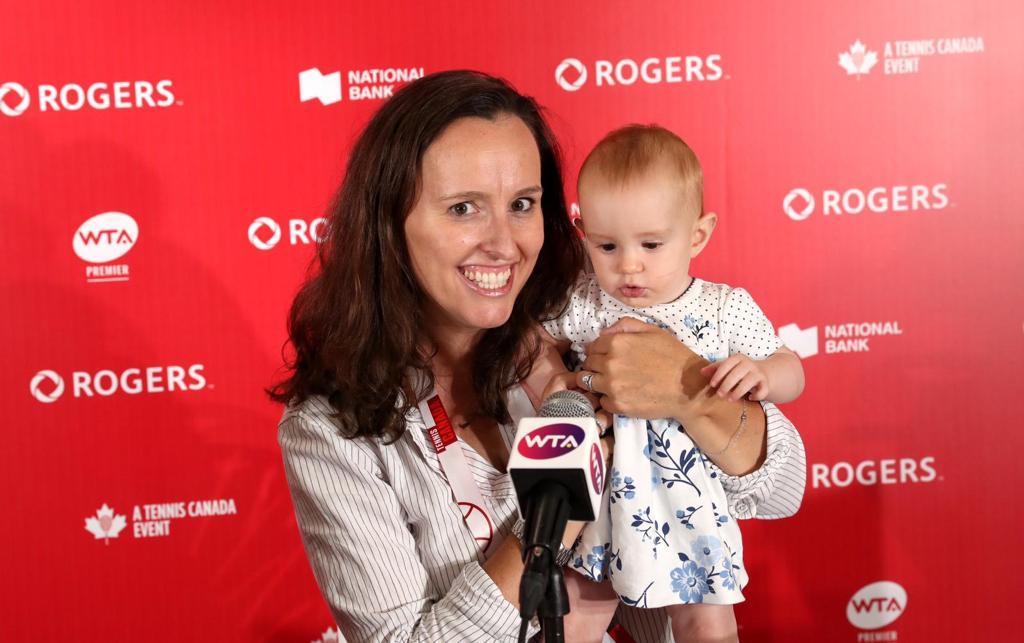
- Proud wife and mother of three
- England Native
- Grew up in a family of tennis fans
- Independent PR Consultant at Katie Spellman PR
- Publicist for WTA No. 2 Simona Halep and WTA No. 8 Petra Kvitova
- Formerly served as a journalist and WTA senior communications manager
- Fluent in English, French, and Italian
Katie’s 7-Point Breaker
1. Describe your prior experience working as WTA senior communications manager.
It was an incredible opportunity. I was fortunate to work with the WTA’s top players and travel to big cities and exotic places all around the world. It’s a great relationship-building role; you get to work with so many different stakeholders in our sport.
As a trained journalist, I was able to help players better understand how to interact with the media and enjoy the process more by educating them about the purpose behind it. That’s what I really enjoyed most.
I worked for the WTA from 2009 to 2011 before signing to work with Petra Kvitova in 2012. I loved my time there, but eventually traveling 150 days each year was taking a toll on my personal life.
2. What did a “day in the life” look like when you worked at the WTA?
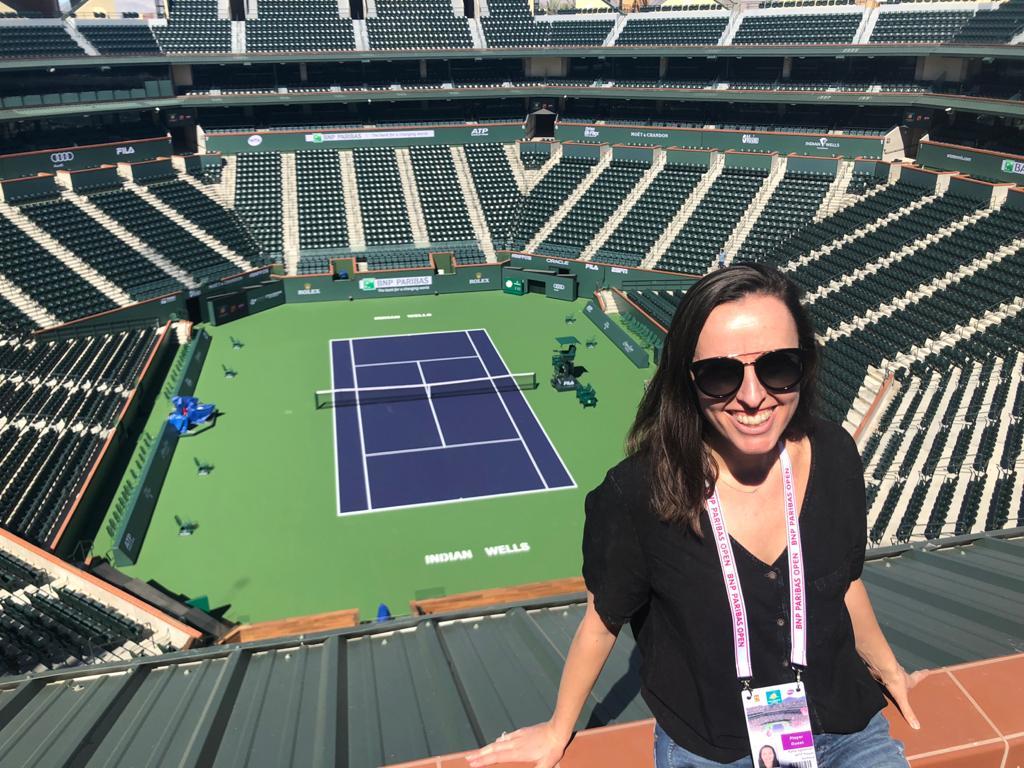
There were two primary aspects of the communications manager role: working on-site and at the office. Both aspects of the position tapped into different perspectives and provided a good balance. Typically we worked 2-3 weeks on and off between the office and traveling to tournaments.
When you are working on-site, you serve as the communications lead and point-person throughout the week. You manage promotional opportunities for players, sponsors, and the tournament.
It’s like a jigsaw puzzle juggling players’ practice and match schedules along with the promotional opportunities they are obligated to fulfill for the tournament and various sponsors. You also manage the post-match interview process – handling player media requests and guiding players through those. It is very busy and demanding, but also very fulfilling.
When you’re at the office, you are typically planning for upcoming tournaments. You might already have promotional requests from tournaments for certain players up to six weeks in advance. Other priorities could include getting players’ bylines in local papers, spending time on marketing campaigns, or focusing on longer-term projects.
3. What was the most challenging aspect of the position that might surprise people?
You’re expected to make everyone happy but at the end of the day it’s impossible to please everyone with their end of the bargain. The WTA communications team is constantly fielding requests and it’s difficult to juggle the many stakeholders in tennis. As a self-proclaimed perfectionist, it’s especially challenging not feeling like you can please everyone all the time.
Many people probably assume it’s a glamorous role traveling around the world and working with the top players. It’s not glamorous at all – it’s really hard work. You probably spend 75% of your day waiting around for players, or asking them something you know they likely won’t want to do. It’s such a grind and can be a tricky environment to work in when you’re a long way from home.
“Many people probably assume it’s a glamorous role traveling around the world and working with the top players. It’s not glamorous at all – it’s really hard work.”
4. Who were some of your favorite players to work with?
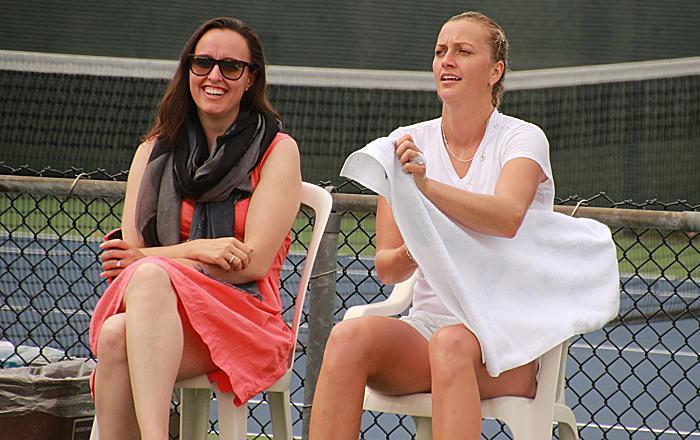
I loved working with Maria Sharapova. She is the ultimate professional and was always on-time or even early for any type of media or sponsor engagement. She applied professionalism with every aspect of her tennis career and everything else she did off the court. I learned so much from working with Maria.
I was fortunate to work during an era when so many of the girls coming up were fun, light-hearted and generally enjoyable to be around. Petra Kvitova, Caroline Wozniacki, Ana Ivanovic, and Aga Radwanska are a few others who come to mind, but the list goes on.
5. What made you decide to start your own business?
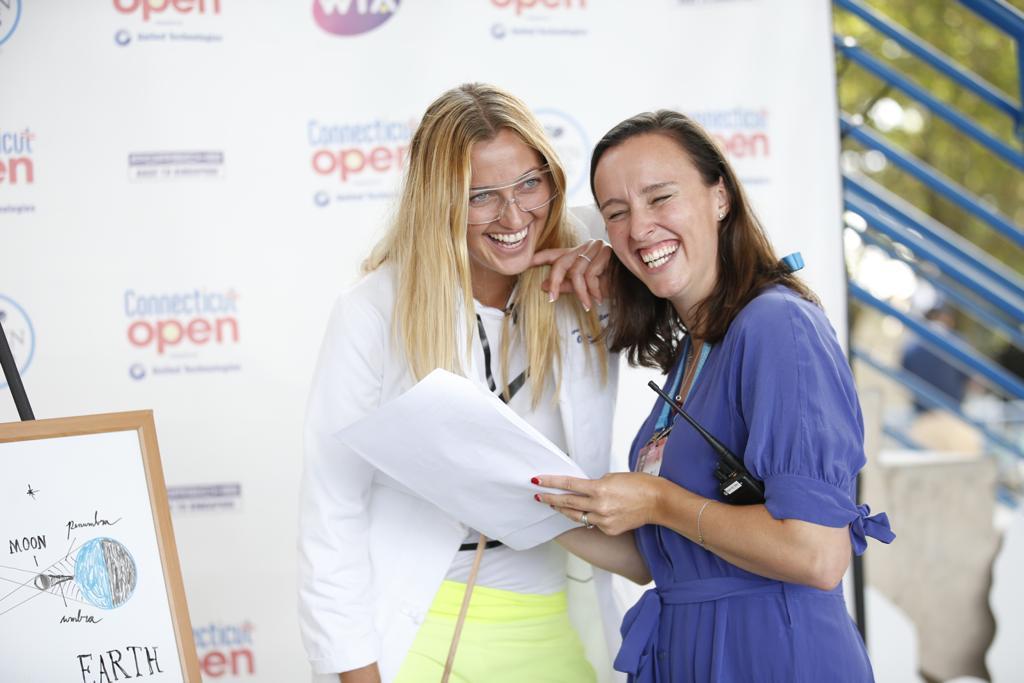
I moved to Canada with my husband and wanted to start a family. Traveling with the tour takes a toll on you after a while. I went around the world three years in a row and eventually you start to feel like you’re on a circus train. I knew I couldn’t sustain this long-term if I wanted to have a family.
Managing my own time has allowed me to stay in tennis while in control of my own schedule. I met with Petra Kvitova and her agent in 2012 and presented a plan to them of how I could help her on a full-time basis.
When we signed the dotted line, I decided to leave the WTA and go for it. It was pretty scary at the time but I’m so glad that I did. The relationships I built during my time at the WTA helped put me in good stead and gave me the confidence to take the leap.
I also started working for WTA events, other players, and have had three children since. Now my time is mostly divided between working with Petra Kvitova, Simona Halep, and serving as media director for a few tournaments throughout the year. Eight years later, I haven’t looked back.
6. What have been some of your career highlights thus far as an independent consultant?
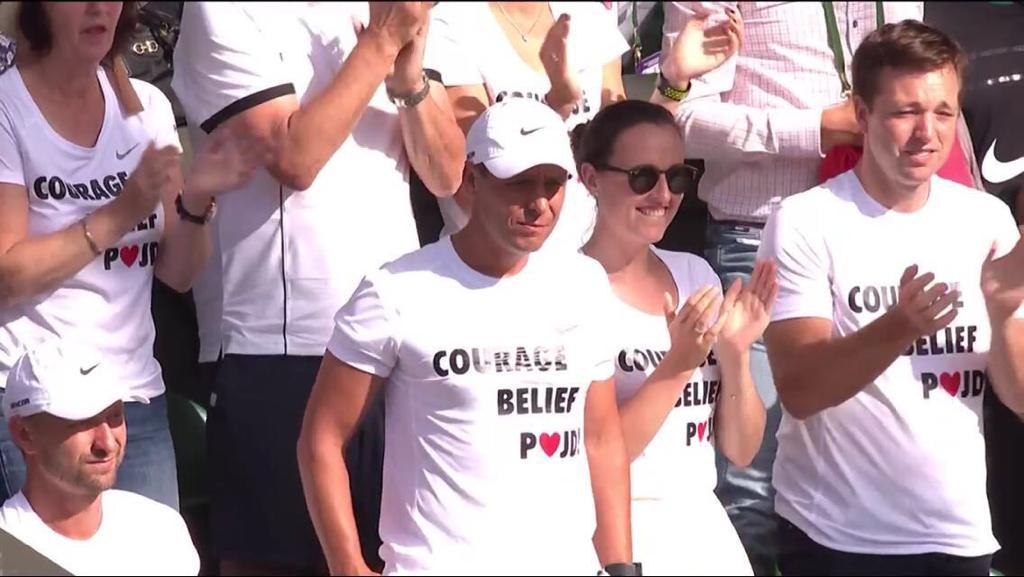
Though it was one of the worst days of my life, I was really proud of the work we did when Petra was attacked. I was able to set aside my emotions and focus on doing the best job I could to share exactly what happened with sports and general news media.
I wanted to honor Petra by doing the best job I could do for her. It was one of the lowest moments of our lives but a highlight in terms of being able to deliver on my duty as her publicist.
It was also a massive highlight when I was approached by Simona Halep’s team to be her PR manager. They bring professionalism to tennis throughout every detail that I haven’t seen before. Simona is an awesome human being with a heart of gold. To be asked to work with her was an incredible opportunity.
7. What advice do you have on making a career in tennis?
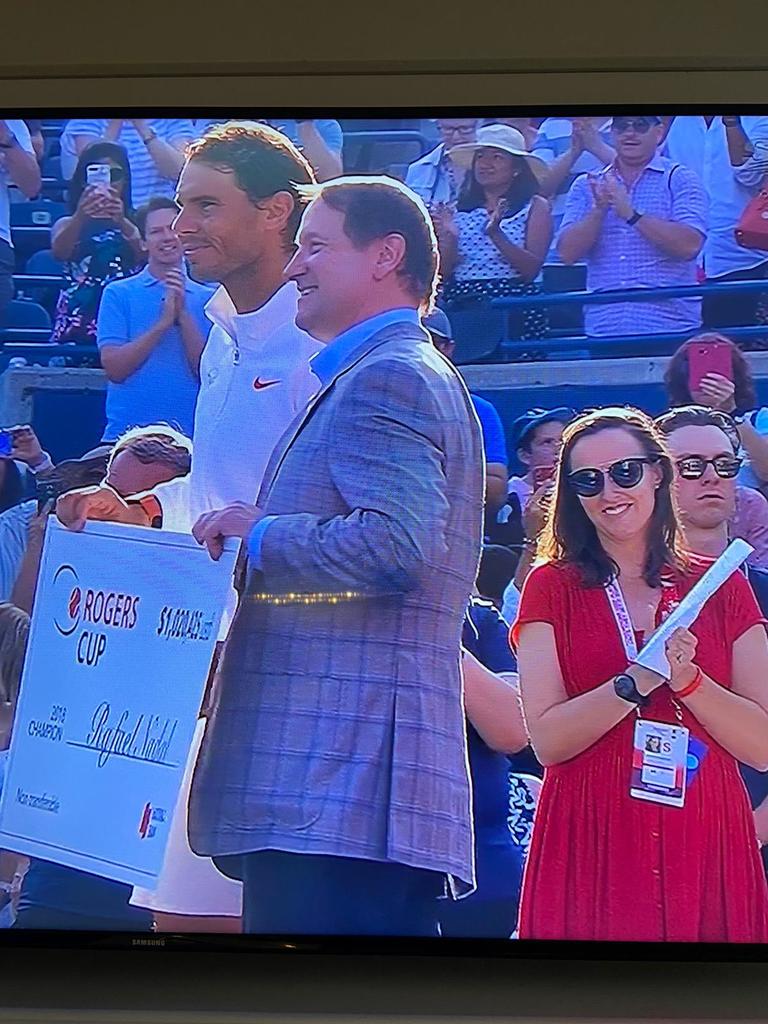
I started the “Best of Five” series to give people insight into what it takes to land a career in the sports industry. With so much negativity on social media, I thought this would be an opportunity to provide something hopeful and uplifting.
It’s been really cool to read everyone’s advice because there’s a common thread found through all of it – the importance of hard work, believing in yourself, and not losing sight of your goals.
Everyone who works in sports will tell how they worked their socks off to get where they are. You have to know what you want to do and be unwilling to take no for an answer. Everyone starts somewhere; there isn’t a shortcut to getting a role in tennis. It’s interesting to see the various paths people have taken to get here.
Everyone who works in sports will tell you how they worked their socks off to get where they are. You have to know what you want to do and be unwilling to take no for an answer.
Courtney Nyugen (WTA Insider) is a great example. She is such a brilliant and valuable source and has turned journalism inside out for the WTA. If I need to tell a story or share an update about my player, I can go to Courtney and know she’ll write journalism from the safety net of the WTA.
She provides a known face and trusted voice but can also listen to a story and help tell it in a way that isn’t going to be intimidating. We need people to be passionate about tennis and talking about it in a way that competes for the front pages of newspapers.
Rapid Fire Questions
Players you’d like to work with in the future? Iga Swiatek or Bianca Andreescu. Both of them seem quirky, happy-go-lucky, and bring a slightly different perspective than many young women coming up. I like players who bring a unique angle.
Career Mentors? Anne Worcester, President of UTR. I was fortunate to work closely with her as media director for the Connecticut Open for the past few years. She is such a trailblazer and advocate for women supporting women in the sports industry.
Media and Journalism 101? I think pitching is so important and I am far more inclined to say yes when someone sends me a really well-researched, impassioned pitch. It’s all about the way you communicate your request. It comes down to trust, relationships, and buy-in.
2021 goals and beyond? That’s a tough question for me right now. It’s been a long year working for myself with three kids at home during a global pandemic. Every day has been about surviving and keeping the family in-tact. I do think there will be some interesting opportunities for independent consultants like myself that come out of this pandemic when it’s all said and done.
Connect with Katie
- Twitter: @Spellman_Katie
- Instagram: @KatieSpellmanPR
- LinkedIn: Katie Spellman
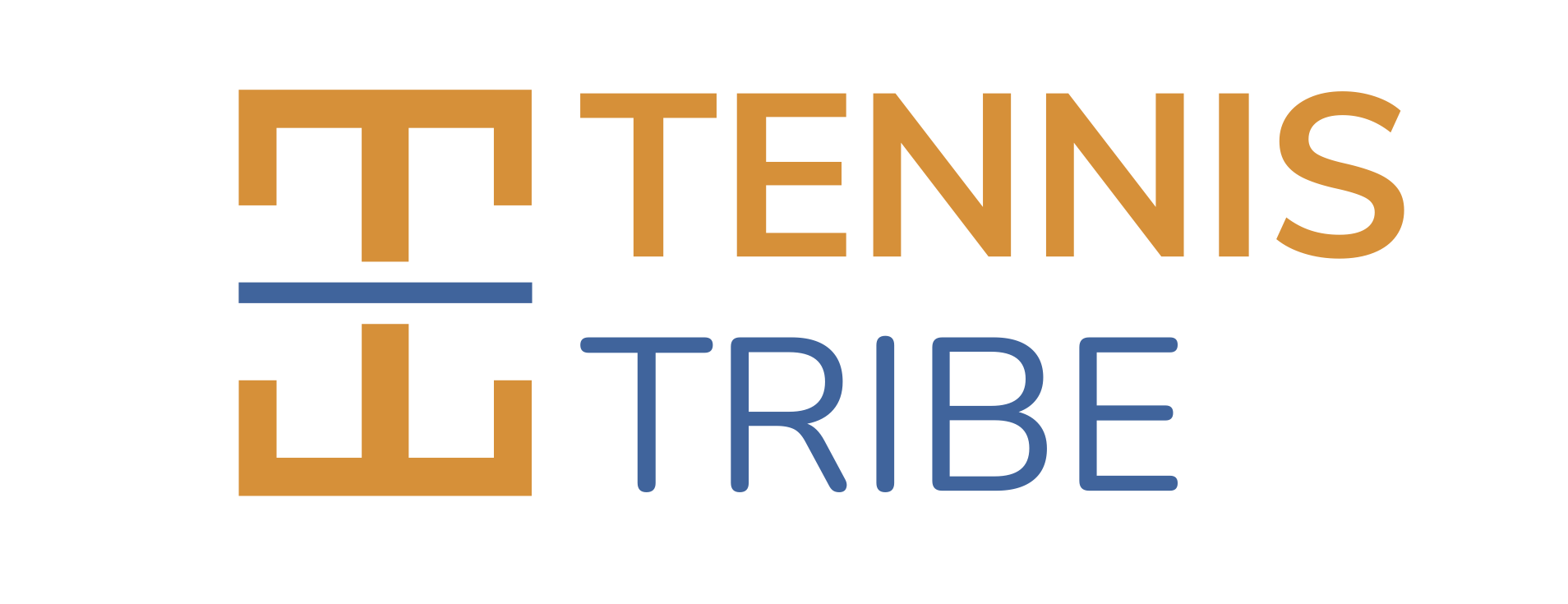
Leave a Reply